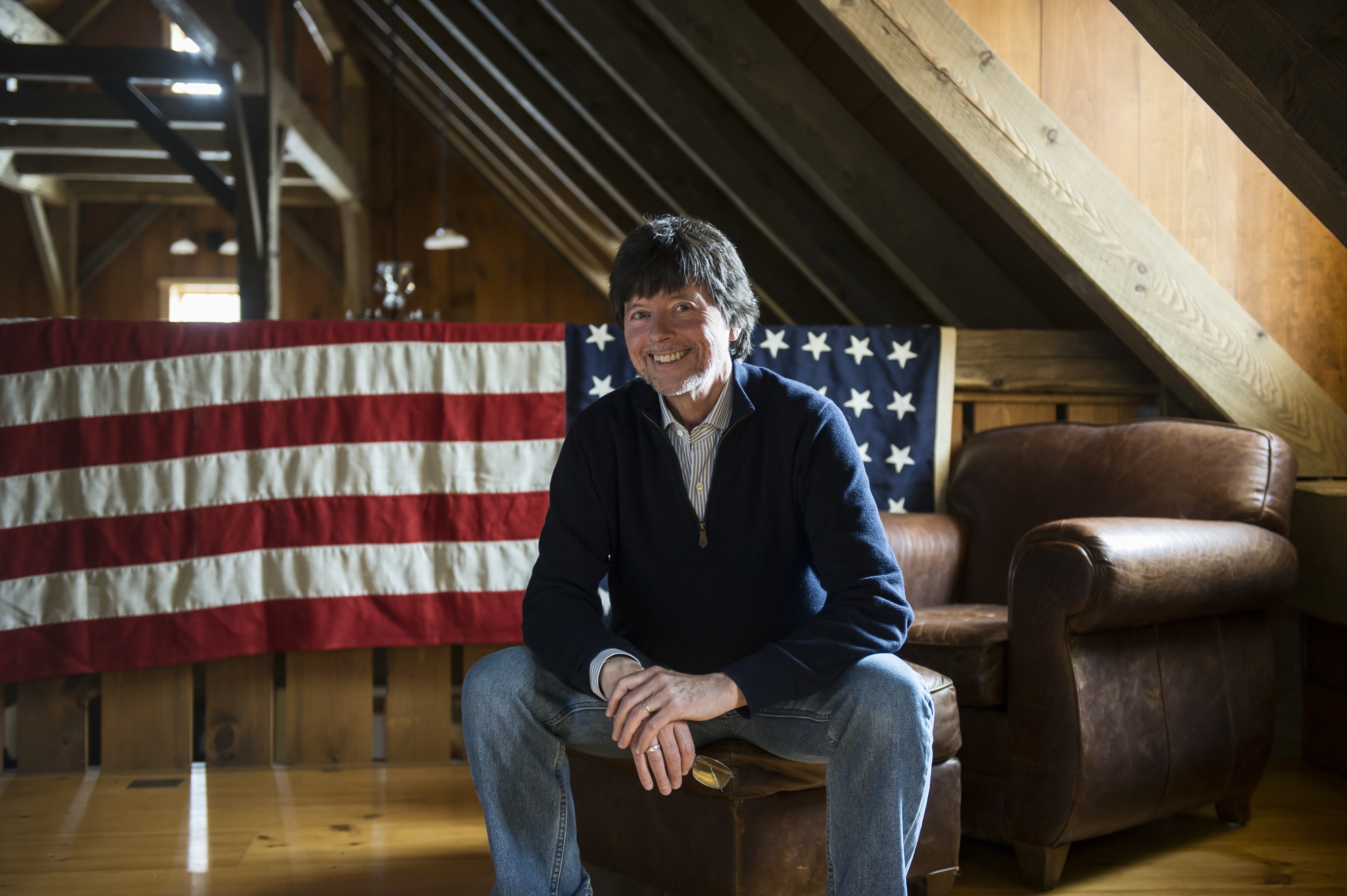
19 Aug Telluride Museum: An Evening With Ken Burns, All That Jazz
Join the Telluride Historical Museum at its two major fundraising events of the season.
The first is the 13th annual “Feasting on History,” a benefit dinner, Thursday, August 24, 6:30-10 p.m., at the Sheridan Opera House. Tickets prices are $275 for “Museum Lover”; “Museum Friend” is $200. Entertainment includes a cocktail hour prior to dinner, a silent auction, and live jazz. (Further details here.)
The second event takes place just days before the 44th annual Telluride Film Festival, which officially begins September 1. Telluride residents and visitors are given a chance to meet award-winning documentary film producer and director Ken Burns. The fourth annual “An Evening with Ken Burns” takes place Sunday, August 27, 6 – 9 p.m., at the Michael D. Palm Theatre. (Doors open at 5:30 p.m.)
This year features a screening of Episode 4, “The True Welcome,” from Burn’s acclaimed documentary series about “ Jazz.” The evening also includes a post-screening Q&A session, as well as a book and DVD signing in conjunction with Between the Covers Bookstore.
Tickets are $25, non-members; $20 for members; $5 for students (7 – 17). Purchase tickets here or call the Museum at 970-728-3344. (All tickets will be distributed via will call on the evening of the event. The Museum will not be issuing physical tickets ahead of the event.
Scroll down to listen to a podcast featuring Ken Burns, which includes insights into his newest and perhaps most ambitious documentary PBS series to date: “The Vietnam War.”
“We continue to be appreciative of Ken Burns’ gracious commitment to the Telluride community and to the Museum specifically,” executive director Kiernan Lannon said. “We are once again providing the community with the rare opportunity to see one of America’s foremost documentarians and historians present his work and engage with us. We’re looking forward to another memorable evening.”

Ken Burn, courtesy, Tim Llewellyn Photography.
Tired of the noise, of the lies that pass as news?
A country divided?
Two words: Ken Burns.
The award-winning documentary filmmaker is an antidote or at least an elegant, intelligent alternative to Twitter fatigue, fake news and the blinkered viewpoints coming out of the Beltway.
Where they go low, he goes high and deep.
Over the years, Burns has earned a reputation for an infectious gravitas, for delivering tasty steak, rather than just the sizzle through historical documentaries – and at his rare public appearances such as the upcoming, widely anticipated talk he gives annually in support of the Telluride Historical Museum.
Burns wears the role of social commentator like a second skin. For him, the summer evening is a chance to share some of his favorite themes in depth: uniquely American identity and individuality, race, and democracy writ large. He has filtered those notions through the lens of baseball, National Parks, The Civil War and WWII to name a few of the subjects Burns has put under his magnifying lens over the years, always myth-busting and adding fresh insights.
Add jazz to that list.
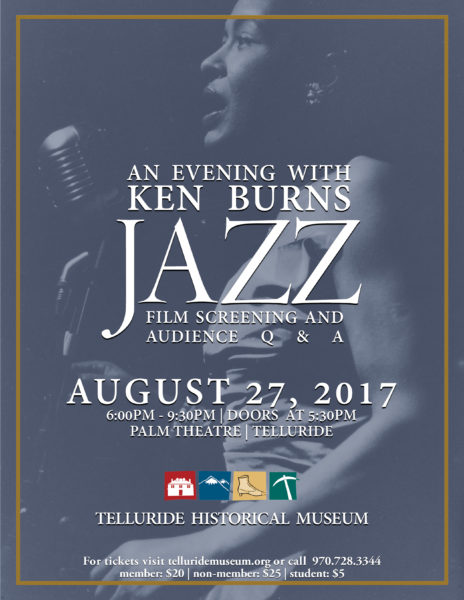
Burms’ “Jazz,” which premiered in 2001, was a perfect platform to escalate some of his core ideas, explore the tension, as he once explained it,“between the individual and the collective, between the solo and the ensemble.”
“‘Jazz’ has been called the purest expression of American democracy; a music built on individualism and compromise, independence and cooperation – and improvisation. Ken Burns follows the growth and development of jazz music from the gritty streets of The Big Easy to Chicago’s South Side, from the speakeasies of Kansas City and to Times Square,” explained PBS.
At the Museum event, the “Jazz” segment Burns plans to feature is from Season 1. In Episode 4, “The True Welcome,” the filmmaker turned his attention to the period between 1929 – 1934, aka, The Great Depression. A DVD and book-signing of Jazz: A History of America’s Music, presented in collaboration with Between the Covers Bookstore, is also part of the rich program,
Think back to when New York City was America’s jazz capital. On Broadway, Louis Armstrong revolutionized the art of American popular song. In Harlem, Chick Webb pioneered his own big-band sound and in the city’s clubs, pianists Fats Waller and Art Tatum dazzled audiences. But it was Duke Ellington who took jazz “beyond category,” composing hit tunes that had critics comparing him to the controversial Stravinsky.
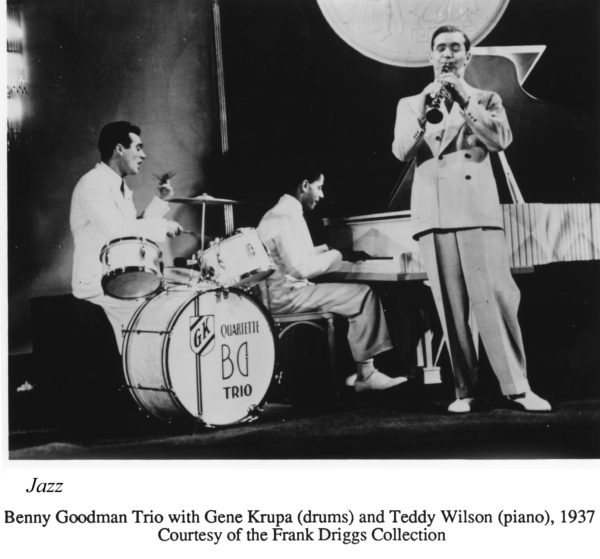
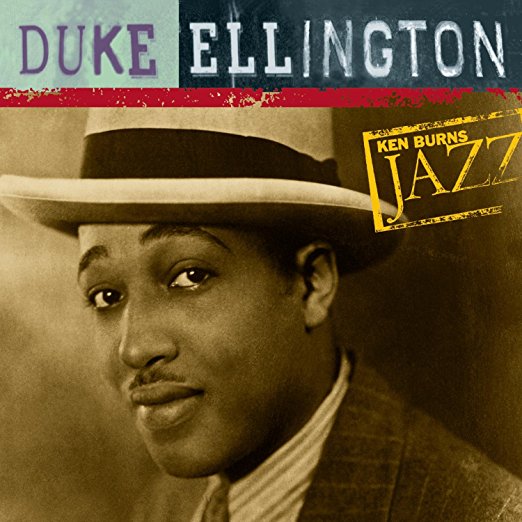
Beyond “Jazz” to Vietnam – and all that jazz:
And while jazz, along with baseball and our Constitution, are likely the most beautiful three all-American ideas and the ones that will go down in history, Burn’s focus these days is on war, specifically on his groundbreaking project, The Vietnam War, premiering September 17 on PBS stations nationwide.
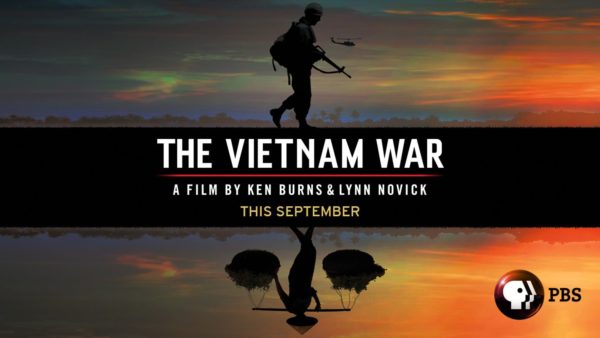
Been to Vietnam?
On one of our trips, we visited the city of Hue, site of one of the bloodiest and longest battles of the Vietnam War. Ancient national treasures, some at least partially restored today, were among the victims. Our guide told us the story of the massacre, pointed out the treasures, matter-of-factly. No rancor in her voice. No apparent resentment at all. At least none that surfaced.

Morning rush hour, Hue today.
We visited coastal Danang, where the first American troops landed and 2,000 Marines had the job of protecting the U.S. air base. A U.S. Air Force base and a Marine base were located on Monkey Mountain, which overlooks Danang Harbor and China Beach on the east end of the city.

Dragon bridge, Danang today. Hip and happening.
That jumping-off point of the Son Tra Peninsula, the once-provincial backwater, is now booming. The infamous China Beach – once a playground for American soldiers on R & R – is now chockablock with new resorts and hotels, none quite as fine as our digs, the incomparable hilltop resort, the Intercontinental Sun Peninsula Danang, officially Asia’s Leading Luxury Resort 2016. The Intercontinental is located on Monkey Mountain, also a site of U.S. bases..

Entrance to Sun Peninsula Hotel, Monkey Mountain. Award-winning and luxurious.
As capital cities go, Hanoi today is not particularly prepossessing. It lacks the sensual grace of Paris and the raw muscle of New York. On the surface, Hanoi feels more like Athens: in-your-face history, a pile-up of facts, figures and folklore, juxtaposed to serviceable structures for work and play – although the saffron exterior of government buildings makes them stand out in the landscape, even the infamous “Hanoi Hilton,” its color softening the hard edges of the business of bureaucracy – and once upon a time, torture.
Every single person we encountered in Hanoi, most admittedly in the service sector, from the doll-faced guide in the lacquer factory to the waitresses at local restaurants, drivers, hotel staff, especially our guide, were warm and welcoming, eager to please, well-trained, and well-informed.

Street scene, Hanoi today. Musicians entertaining the happy crowd.
True, Hanoi is a communist city in a communist country, but forget tired clichés from Bond flicks: trench coats, gold teeth and hard, cold eyes. All work, no play, did not apply. From what we have heard – and yes, despite what most guide books say, talk about government is not off-limits – theirs are not lives lived in the shadows.
And again, we were somewhat surprised and quite humbled by the obvious lack of resentment in everyone in our path despite years of bad behavior by Western powers like us (more the French), who, in our ignorance and arrogance, attempted to take over the country and crush the culture.
And what about Saigon, aka, Ho Chi Minh City, the official name, but not the handle used by most residents in casual conversation?
The largest city in Vietnam – population seven million – Saigon is much like Paris: its residents listen to pop music and drink wine. High-rise hotels, shopping malls, brand-name boutiques, and chic restaurants, are cheek-to-jowl with ancient pagodas and colonial buildings developed by the French, who arrived in 1858. In fact, Saigon was once known as the “Paris of the Orient.”

In Saigon, a portrait of Ho Chi Minh presides over the Colonial-era General Post Office.
Vietnam was a lesson in living in the moment.
But that was now.
Were those smiles on the faces of the people, young and old, we encountered masking a different truth?
This is then.
Ken Burns’ The Vietnam War, 10 years in the making, is the series that brings the war and the chaotic epoch it defined viscerally to life. The doc is also arguably Ken Burn’s most challenging project.
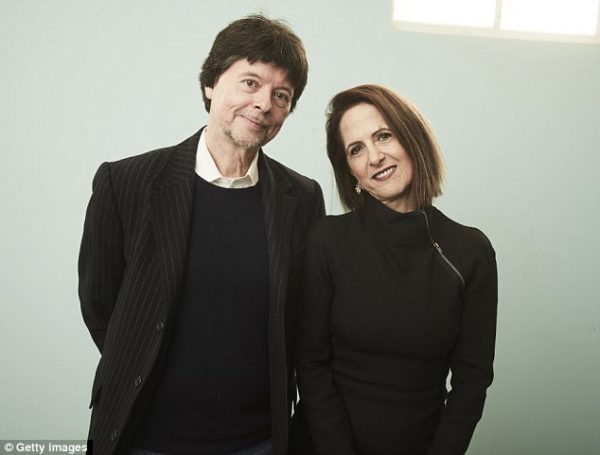
Filmmakers, The Vietnam War, Ken Burns & Lynn Novick.
In an immersive narrative, Burns and Lynn Novick tell the epic story of the Vietnam War as it has never before been told on film.
The Vietnam War features testimony from nearly 80 witnesses, including many Americans who fought and others who opposed the war, as well as Vietnamese combatants and civilians from both the winning and losing sides.
“The Vietnam War was a decade of agony that took the lives of more than 58,000 Americans,” Burns said. “Not since the Civil War have we as a country been so torn apart. There wasn’t an American alive then who wasn’t affected in some way — from those who fought and sacrificed in the war, to families of service members and POWs, to those who protested the war in open conflict with their government and fellow citizens. More than 40 years after it ended, we can’t forget Vietnam, and we are still arguing about why it went wrong, who was to blame and whether it was all worth it.”
“We are all searching for some meaning in this terrible tragedy. Ken and I have tried to shed new light on the war by looking at it from the bottom up, the top down and from all sides,” Novick added. “In addition to dozens of Americans who shared their stories, we interviewed many Vietnamese on both the winning and losing sides, and were surprised to learn that the war remains as painful and unresolved for them as it is for us. Within this almost incomprehensibly destructive event, we discovered profound, universal human truths, as well as uncanny resonances with recent events.”
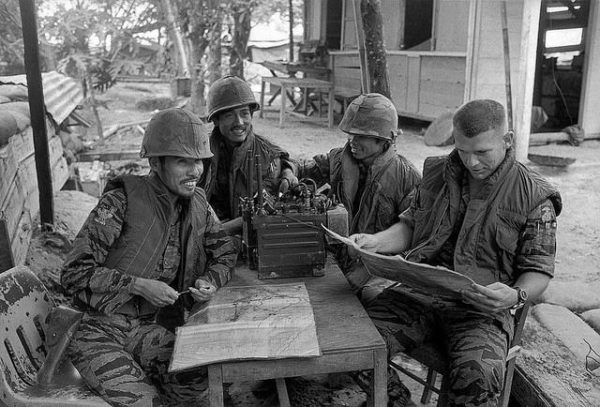
Written by Geoffrey C. Ward, produced by Sarah Botstein, Novick and Burns, The Vietnam War includes rarely seen, digitally re-mastered archival footage from sources around the globe, photographs taken by some of the most celebrated photojournalists of the 20th century, historic TV broadcasts, evocative home movies, and revelatory audio recordings from inside the Kennedy, Johnson and Nixon administrations.
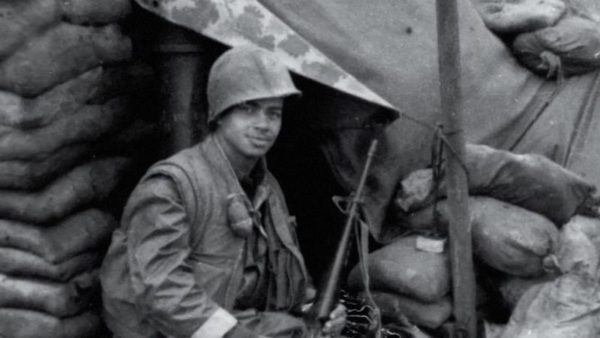
The documentary also features new, original music written and recorded by Academy Award-winning composers Trent Reznor and Atticus Ross, also new music arranged and performed by Grammy Award-winning cellist Yo-Yo Ma and The Silk Road Ensemble. Additional sound was composed by David Cieri and Doug Wamble, both of whom are longtime collaborators with Burns’ Florentine Films.
More than 120 popular songs that define the era are in the soundtrack, including music from The Beatles, The Rolling Stones, Bob Dylan, Jimi Hendrix, Simon & Garfunkel, Janis Joplin, Ben E. King, Phil Ochs, Donovan, Johnny Cash, Barry McGuire, Buffalo Springfield, The Byrds, Otis Redding, Santana, Joni Mitchell, Nina Simone, The Temptations, Booker T. and the M.G.s, Pete Seeger.
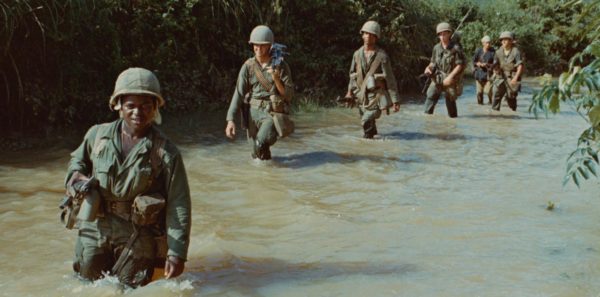
“Ever since The Civil War, Ken and Lynn have been behind some of the most important documentary films ever shown on television, films that have in fact made television history and created national conversations around who we are as Americans,” said Beth Hoppe, chief programming executive and general manager, general audience programming, PBS. “The Vietnam War stands out as an unmatched documentary achievement about one of the most transformative periods in modern American history. Through our comprehensive broadcast and streaming schedules, as well as our outreach efforts, our goal is to reach as many people as possible to spark a national discussion about the issues raised in the series, in a way that only public television can.”
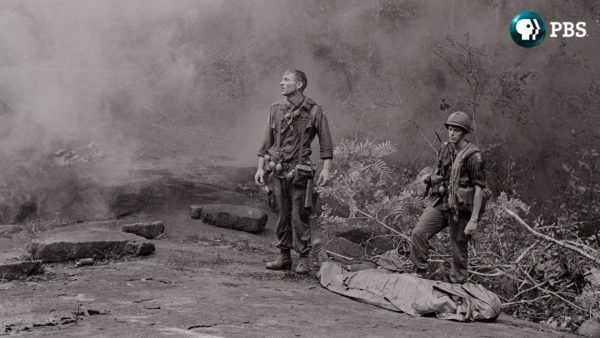
The Vietnam War rounds out a trilogy, Florentine Films’ exploration of American wars that began with Burns’s landmark series, The Civil War (1990) and was followed by Burns and Novick’s acclaimed seven-part series about the World War II, The War (2007).
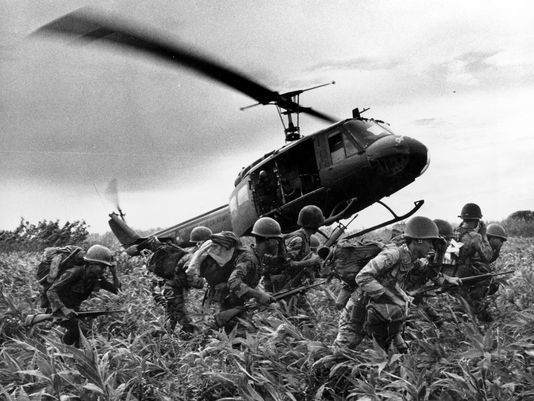
Accompanying the series will be a companion book – written by Geoffrey C. Ward, with an introduction by Ken Burns and Lynn Novick — to be published by Alfred A. Knopf, Burns’s longtime publisher, on September 5.
More about Ken Burns:

Ken Burns, courtesy Tim Llewellyn Photography
Ken Burns has been making documentary films for almost 40 years.
Since the Academy Award-nominated Brooklyn Bridge in 1981, Burns has gone on to direct and produce some of the most acclaimed historical documentaries ever made, including The Civil War; Baseball; Jazz; The Statue of Liberty; Huey Long; Lewis and Clark: The Journey of the Corps of Discovery; Frank Lloyd Wright; Mark Twain; Unforgivable Blackness: The Rise and Fall of Jack Johnson; The War; The National Parks: America’s Best Idea; The Roosevelts: An Intimate History; Jackie Robinson; and, most recently, Defying the Nazis: The Sharps’ War.
His newest film, The Vietnam War, a 10-part, 18-hour series co-directed by long-time partner Lynn Novick, airs on PBS in September 2017.
A December 2002 poll conducted by Real Screen Magazine listed The Civil War as second only to Robert Flaherty’s Nanook of the North as the “most influential documentary of all time,” and named Ken Burns and Robert Flaherty as the “most influential documentary makers” of all time.
In March 2009, David Zurawik of The Baltimore Sun said, “… Burns is not only the greatest documentarian of the day, but also the most influential filmmaker period. That includes feature filmmakers like George Lucas and Steven Spielberg. I say that because Burns not only turned millions of persons onto history with his films, he showed us a new way of looking at our collective past and ourselves.”
The late historian Stephen Ambrose said of his films, “More Americans get their history from Ken Burns than any other source.”
Burns’s films have been honored with dozens of major awards, including 15 Emmy Awards, two Grammys and two Oscar nominations.
In September 2008, at the News & Documentary Emmy Awards, Ken Burns was honored by the Academy of Television Arts & Sciences with a Lifetime Achievement Award.


Sorry, the comment form is closed at this time.